Every Contraception Method Out There
A comprehensive list.
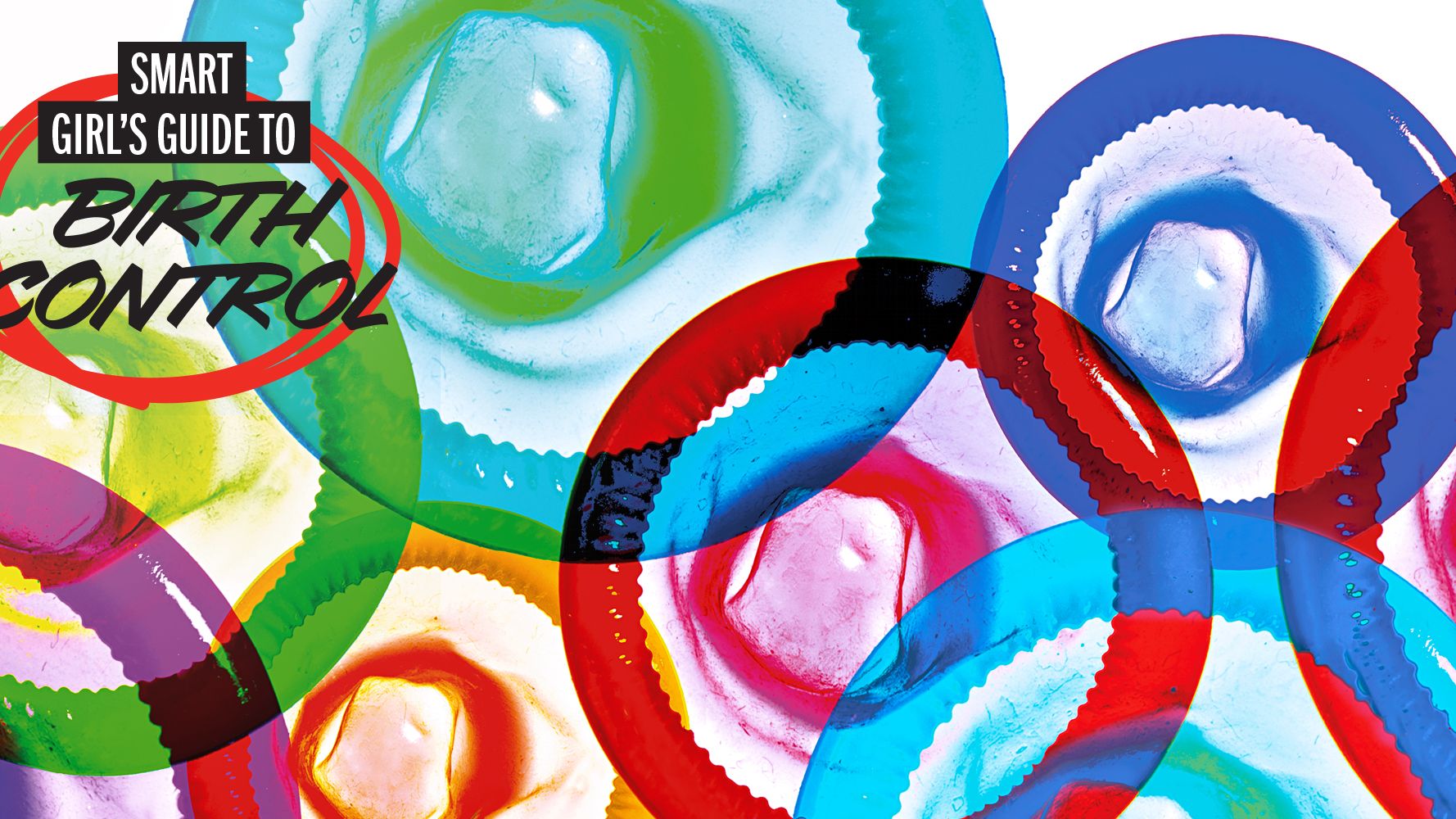
Here at Marie Claire, we are staunchly sex-positive, especially for women. The government might not agree (as evidenced by the slew of regressive and misogynistic laws being passed in a clear attempt to restrict reproductive freedom across the country), but we believe that women deserve to have true agency over every aspect of our lives, and that includes what goes down between the sheets.
A big part of being in the driver's seat of your sex life means being able to decide whether or not you want to get pregnant. Whether it's a planned romantic night with your significant other or a sexy, spontaneous romp as a result of sliding in the DMs, things happen...and situations can get a little tricky nine months later if there's no protection involved. But birth control, when utilized regularly and correctly, can help.
While it can be difficult to determine which type of birth control to use since there are so many options out there, that's actually a good thing; because each of our individual bodies and sex lives are unique, we need an array of birth control methods to choose from! There are the obvious and more common choices like condoms and the pill, but there are still others that are easy to use and, more importantly, super effective—you probably just haven't heard of them before.
Here, a comprehensive list of birth control options for your reference.
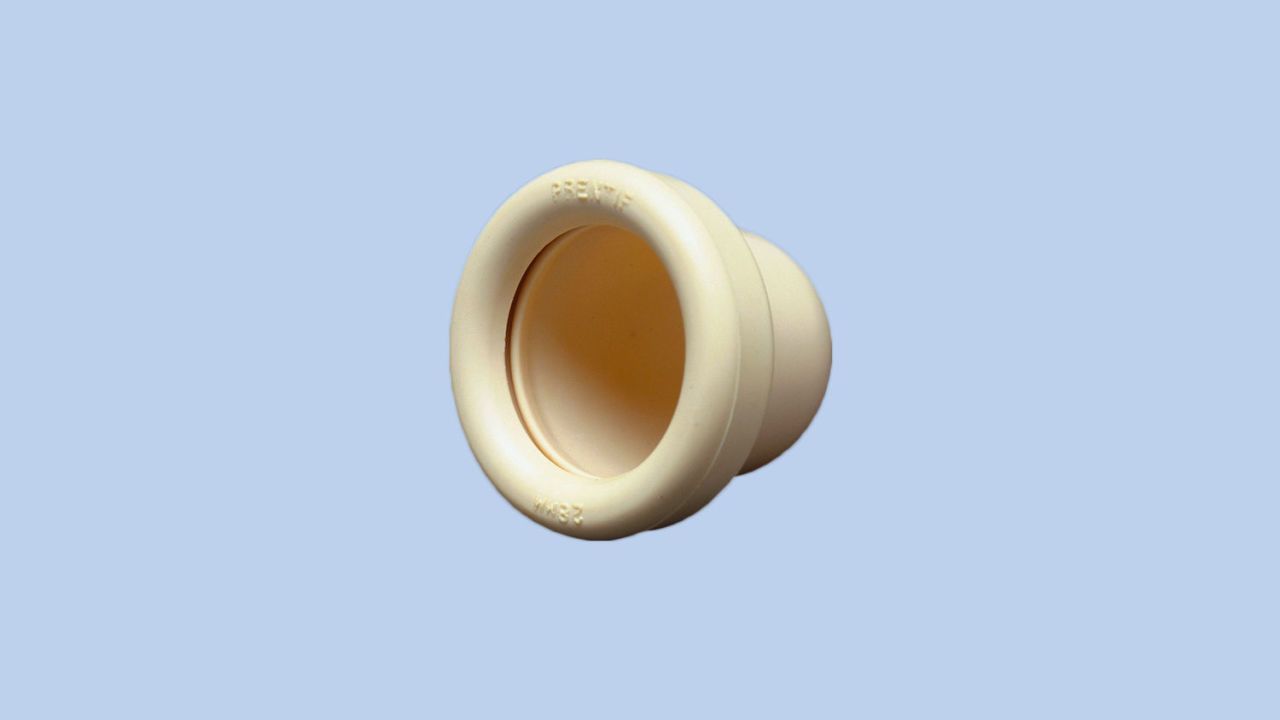
How it works: A small silicone cup covered with spermicide is inserted into the vagina before sex to keep sperm away from the uterus (leave it in for six hours after sex). Must be fitted by a provider.
How effective it is (typical use vs. perfect use): 71 percent – 86 percent
Cost: $0–$275
Stay In The Know
Get exclusive access to fashion and beauty trends, hot-off-the-press celebrity news, and more.
Pros: No hormones; cost-effective since the cap lasts for years; effective immediately.
Cons: Not for those allergic to silicone or spermicide; can be tricky to insert; may lead to more urinary infections.
Condoms (female)
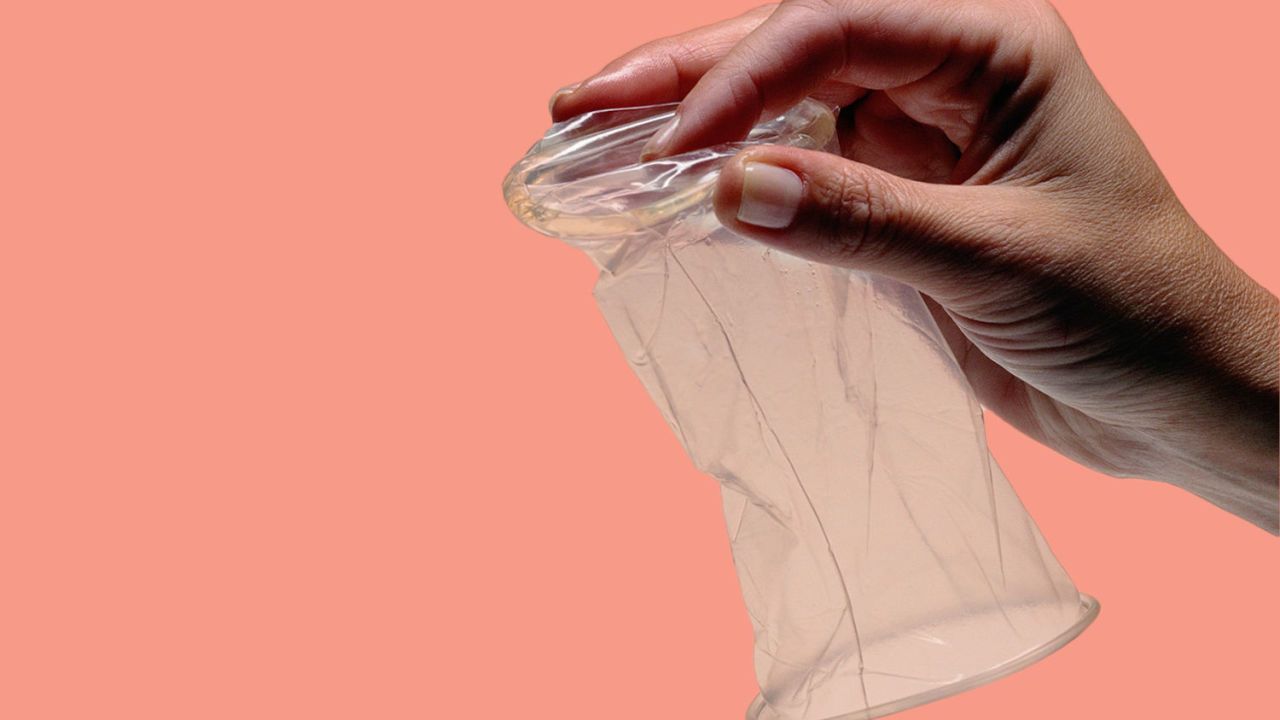
How it works: A plastic or synthetic rubber pouch with an open and closed end that you insert into your vagina to catch sperm. You can also cover the closed end with spermicide.
How effective it is: 79 percent – 95 percent
Cost: $2–$4 (per condom)
Pros: Protects against STIs; no hormones; no prescription needed.
Cons: May reduce sensation; can "interrupt the moment."
Condoms (male)
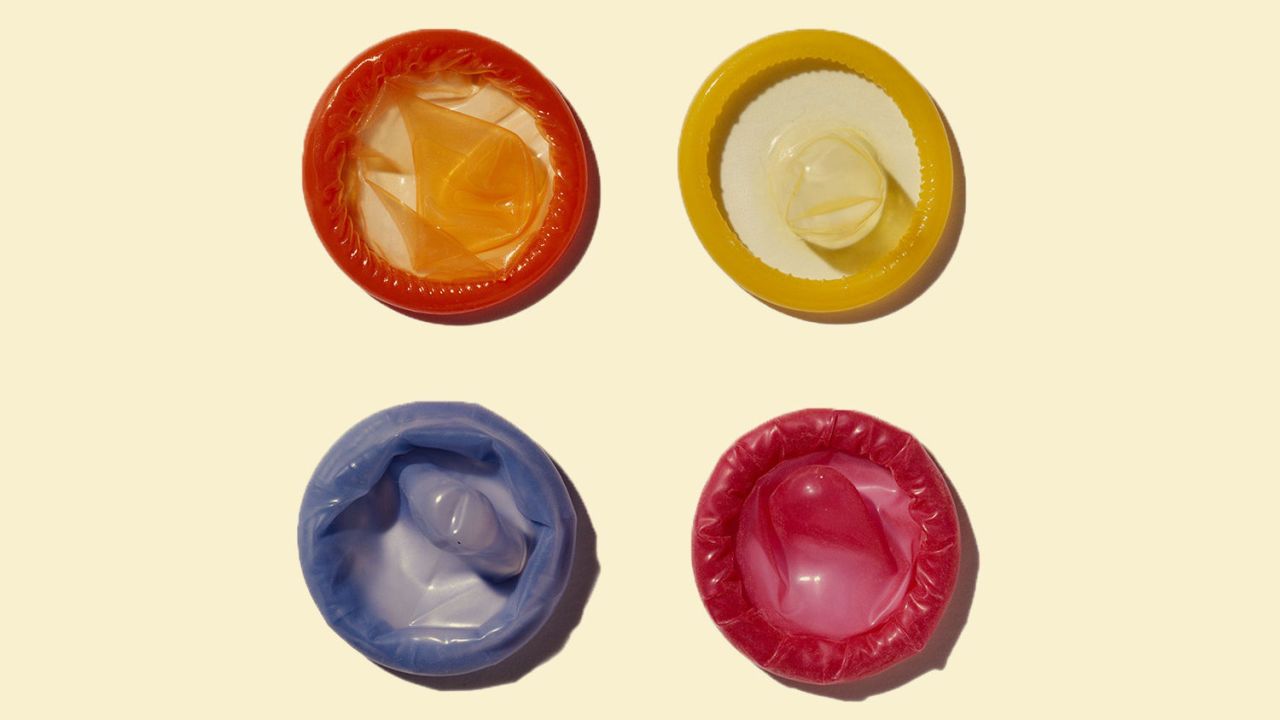
How it works: A latex, synthetic, or lambskin sheath that fits over your partner's penis to prevent sperm from entering you. Need to use a new one each time you have sex.
How effective it is: 82 percent – 98 percent
Cost: About $1 per condom
Pros: Protects against STIs; easily available; no hormones; no prescription needed.
Cons: May reduce sensation; can break during sex; can "interrupt the moment."
Diaphragm + Spermicide
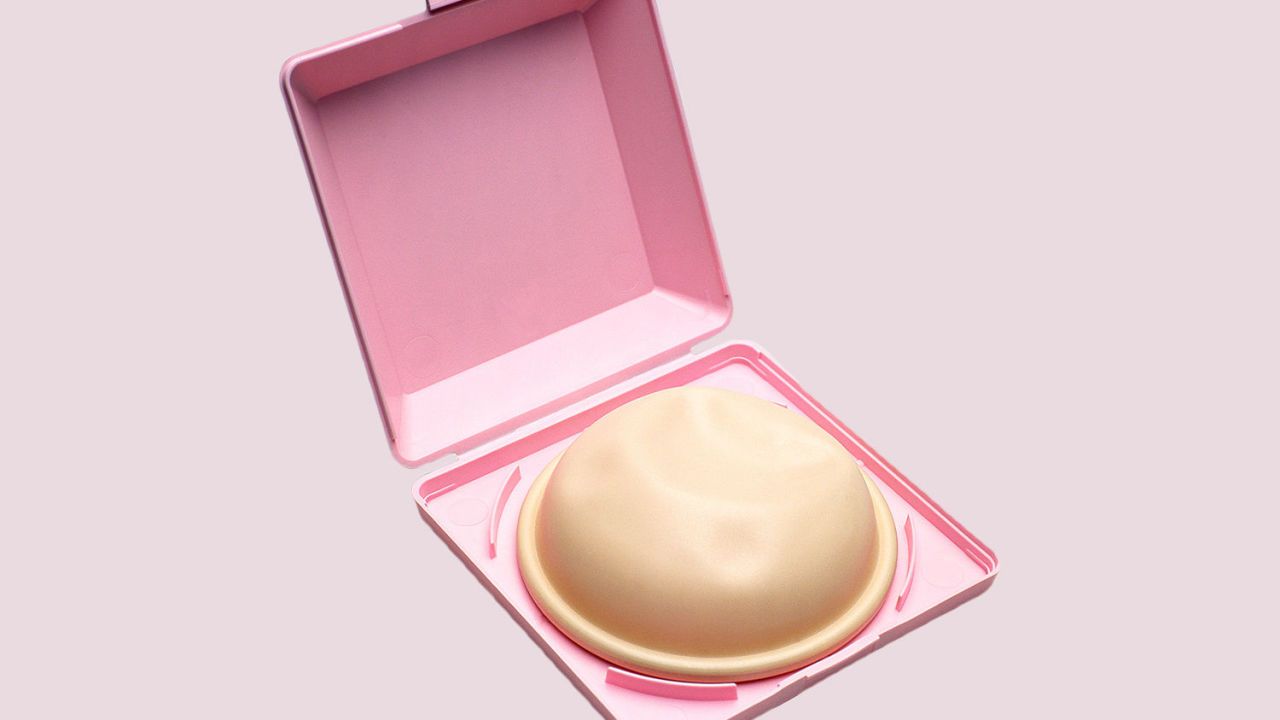
How it works: A latex or silicone cup covered with spermicide. Insert into your vagina before sex to keep sperm away from the uterus (leave it in for six hours after sex). Must be fitted by a provider.
How effective it is: 88 percent – 94 percent
Cost: $0–$40
Pros: No hormones; cost-effective since the diaphragm lasts for years; effective immediately.
Cons: Not for those allergic to silicone or spermicide; can be tricky to insert; may lead to urinary infections.
Fertility Awareness/ Natural Family Planning (Rhythm Method)
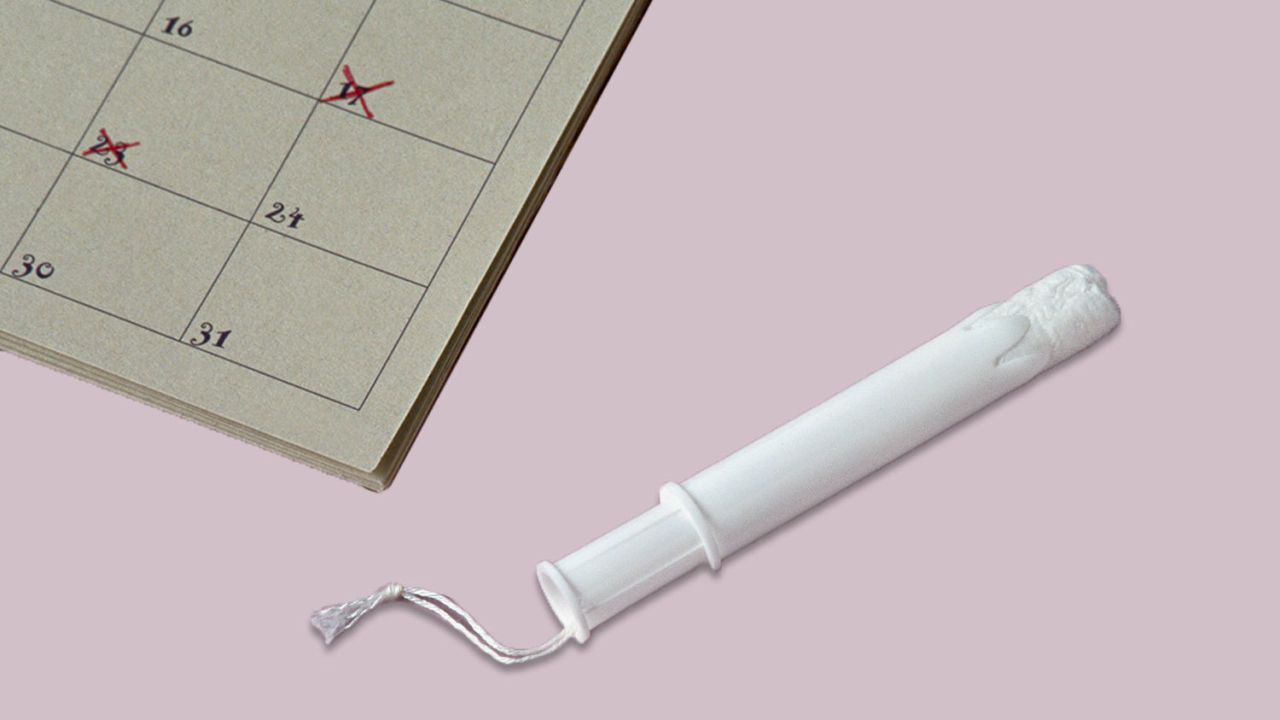
How it works: Involves closely tracking your periods, paying attention to your body's cues (like cervical secretions), and abstaining from sex on the days when you know you can get pregnant.
How effective it is: 76 percent – 99 percent
Cost: FREE (but you'll need a thermometer)
Pros: No hormones; no prescription needed; no side effects; cost-effective.
Cons: Takes a lot of discipline; requires abstinence or a backup method.
Implant (Nexplanon)
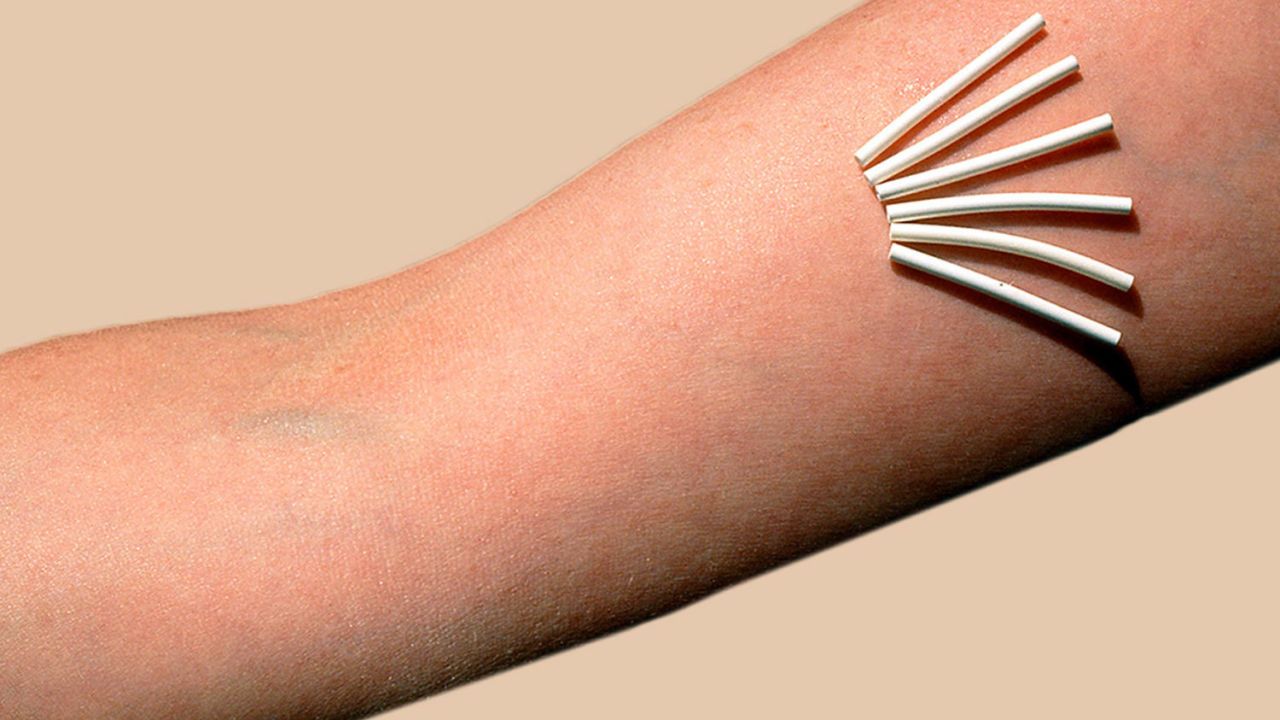
How it works: A tiny rod inserted under the skin of your upper arm that delivers hormones to prevent your ovaries from releasing eggs. Lasts up to three years.
How effective it is: More than 99 percent
Cost: $0–$800
Pros: Can reduce acne and PMS; protects against certain cancers and cysts.
Cons: Can cause irregular bleeding, sore breasts, nausea, or decreased sex drive.
IUD (Mirena, Skyla, Paragard, Liletta)
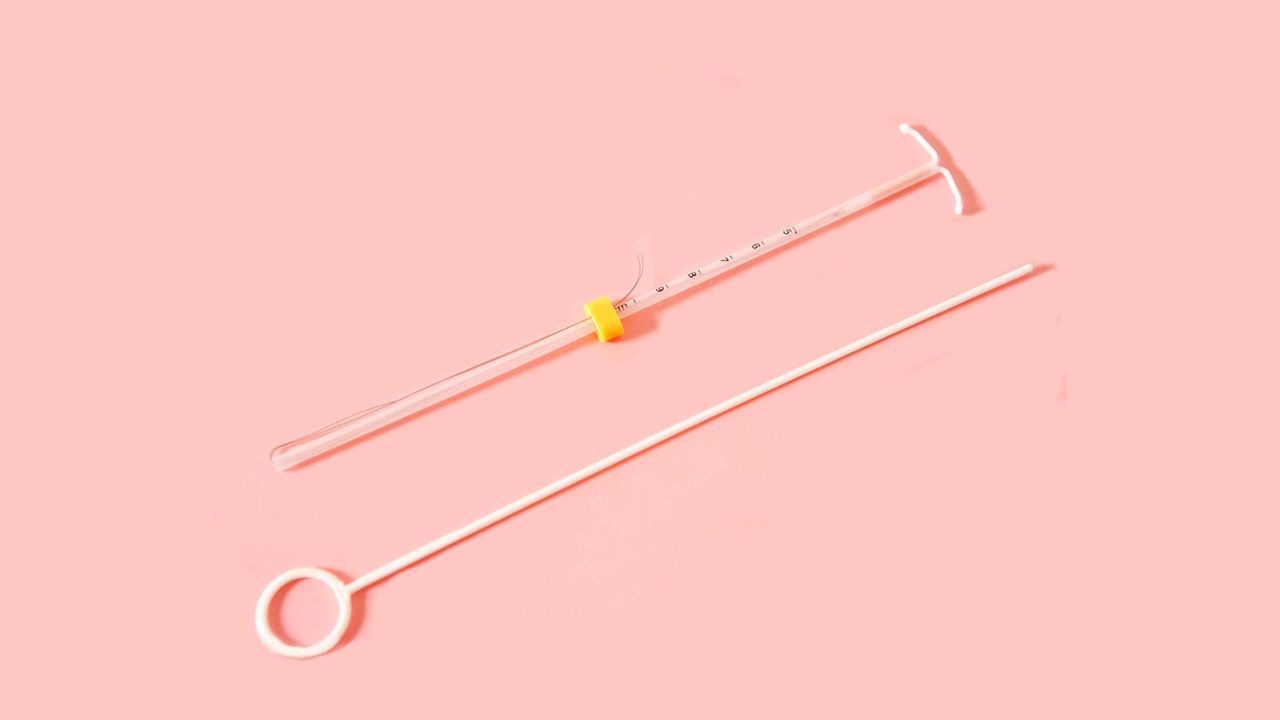
How it works: A T-shaped piece of plastic (or plastic and copper) inserted into your uterus to prevent sperm from fertilizing an egg. Mirena, Skyla, and Liletta IUDs release hormones. Lasts three to 12 years.
How effective it is: More than 99 percent
Cost: $0–$850
Pros: Invisible; low-maintenance; no hormones for ParaGard users.
Cons: Can cause spotting and cramps; can cause heavier flow for ParaGard users.
The Patch (Xulane)
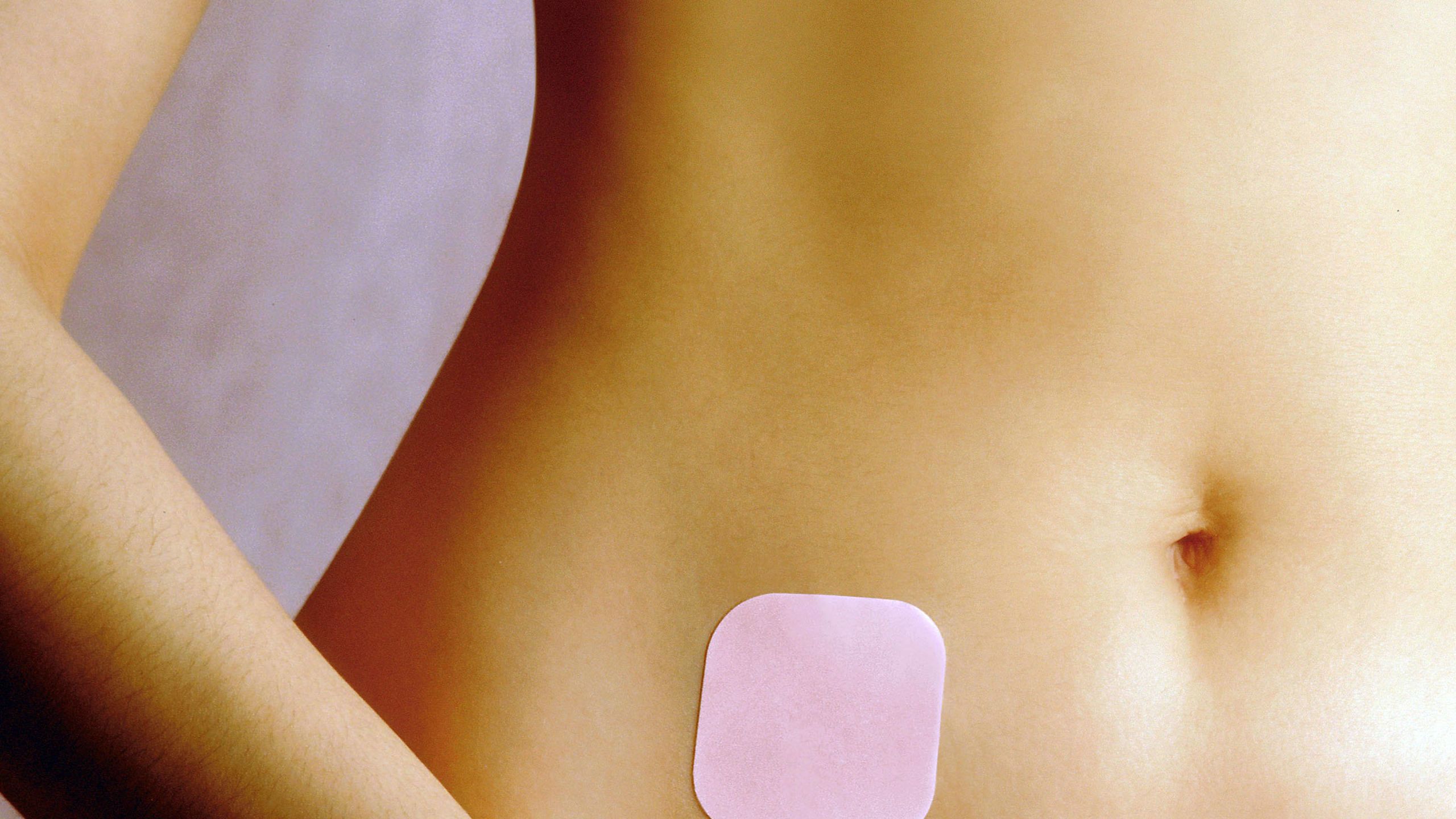
How it works: A Band-Aid-like square that adheres to your skin and delivers hormones that prevent your ovaries from releasing eggs. Change every week.
How effective it is: 91 percent – 99 percent
Cost: $0–$85 (per month)
Pros: Can reduce acne and PMS; protects against certain cancers and cysts.
Cons: Can cause irregular bleeding, sore breasts, nausea, or decreased sex drive.
The Pill (more than 100 brands including generics)
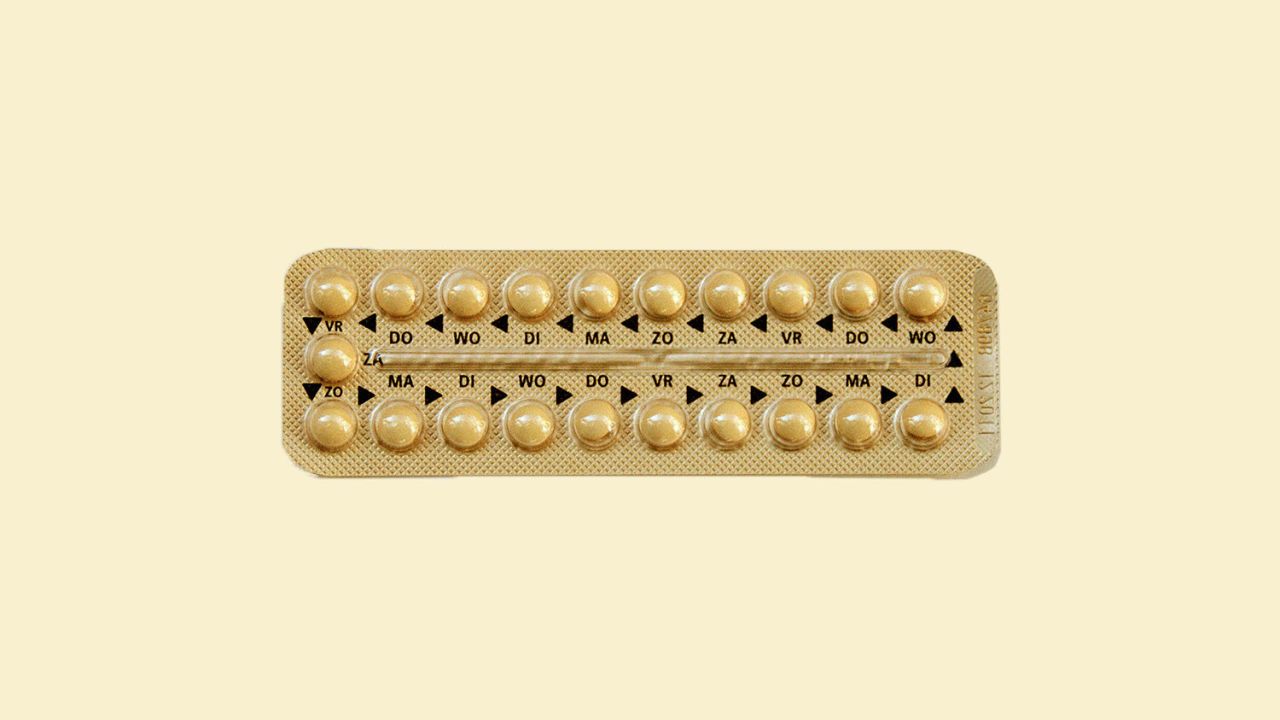
How it works: Delivers hormones that both prevent your ovaries from releasing eggs and thicken cervical mucus to keep sperm out. Must be taken at the same time daily.
How effective it is: 91 percent – 99 percent
Cost: $0–$90 (per month)
Pros: Predictable periods; can reduce acne and PMS; protects against certain cancers.
Cons: Need a prescription; can cause irregular bleeding, sore breasts, nausea, or decreased sex drive.
The Ring (NuvaRing)
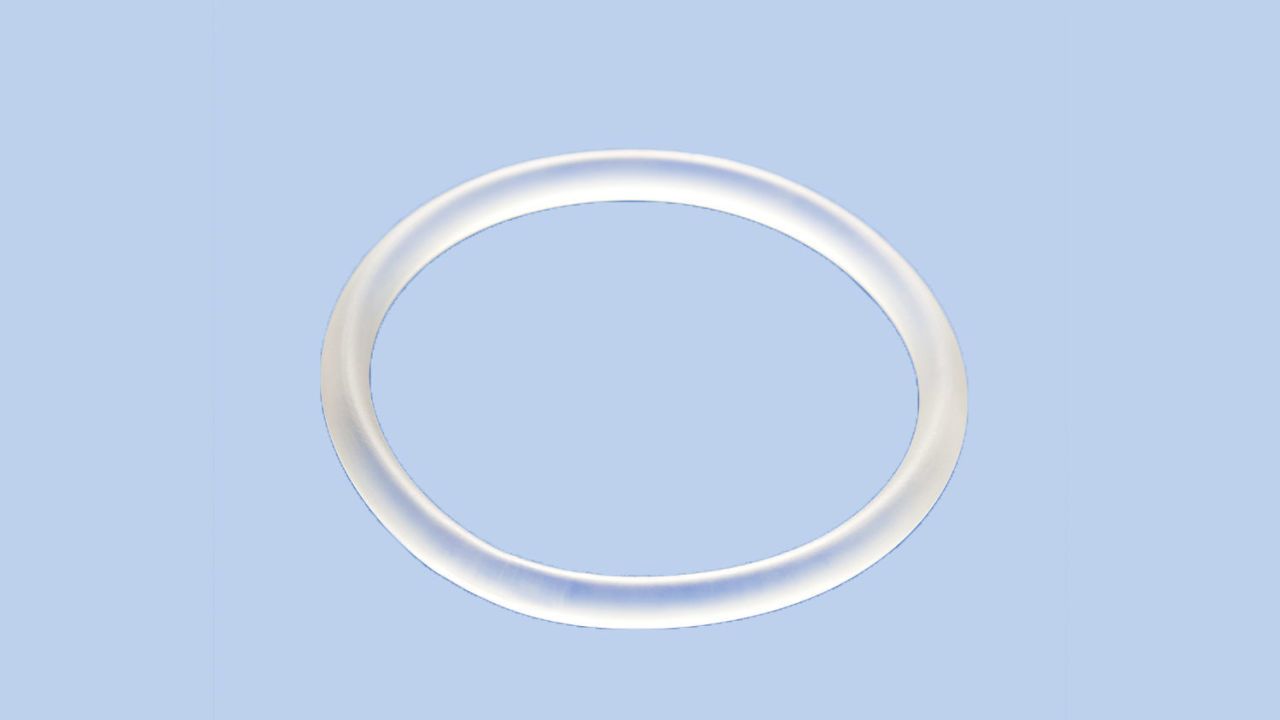
How it works: A small ring inserted into your vagina that delivers hormones to prevent your ovaries from releasing eggs. Lasts three weeks.
How effective it is: 91 percent – 99 percent
Cost: $0–$75 (per month)
Pros: Lower hormone dose than other hormonal methods; can reduce acne and PMS.
Cons: Need a prescription; can cause irregular bleeding, sore breasts, nausea, or decreased sex drive.
The Shot (Depo-Provera)
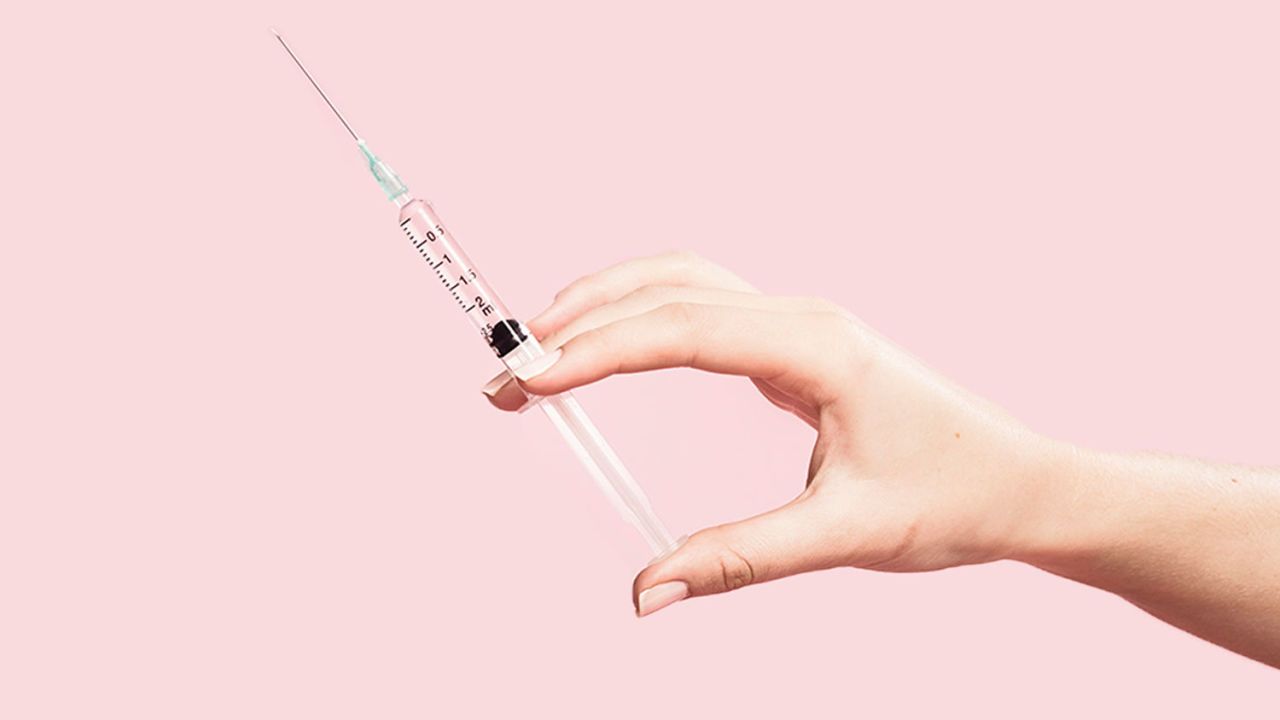
How it works: A progestin-only shot that prevents your ovaries from releasing eggs. Lasts three months.
How effective it is: 94 percent – 99 percent
Cost: $0–$120 (per shot)
Pros: Invisible; low-maintenance; good for those who can't tolerate estrogen.
Cons: Can cause irregular bleeding, increased appetite, decreased sex drive, depression, or nausea.
Sponge
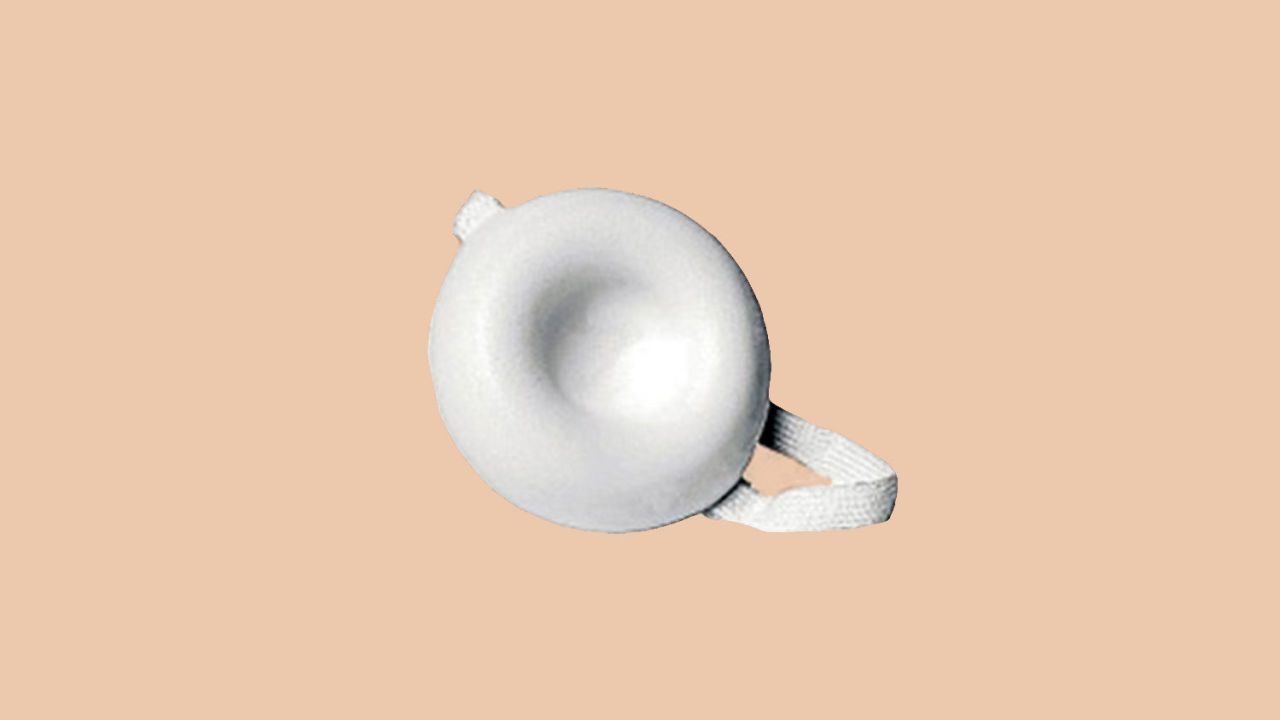
How it works: A piece of white foam filled with spermicide inserted into your vagina before sex to block your uterus.
How effective it is: 71 percent – 86 percent
Cost: $0–$15 (for pack of three)
Pros: No hormones; no prescription needed; can be inserted in advance.
Cons: Can be tough to insert; not for those allergic to sulfa drugs or polyurethane.
Sterilization (tubes tied)
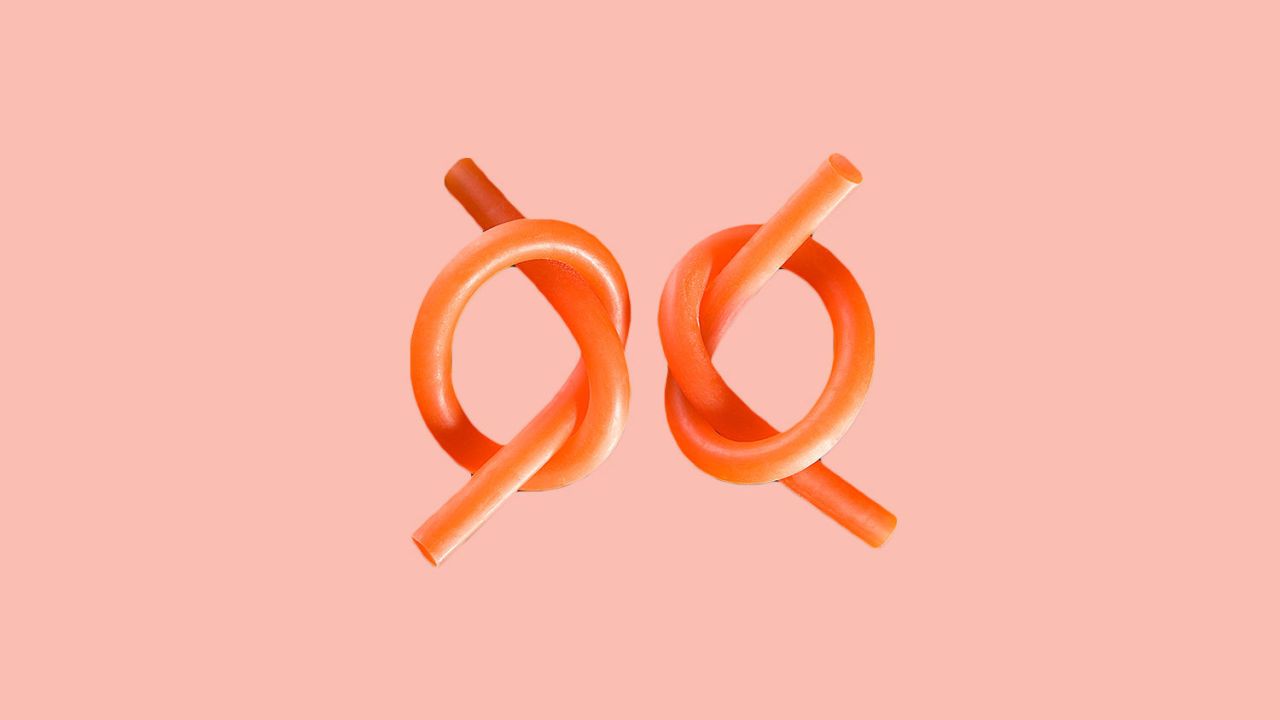
How it works: Permanent blockage of your fallopian tubes, where your eggs meet sperm, done through surgery or a nonsurgical procedure called Essure that places inserts in your tubes.
How effective it is: More than 99 percent
Cost: $0–$5,000
Pros: The ultimate "set it and forget it."
Cons: You can't "untie" your fallopian tubes; possible complications can occur.
Withdrawal (pulling out)
How it works: Your partner withdraws before he ejaculates.
How effective it is: 78 percent – 96 percent (rare)
Cost: Free
Pros: No hormones; no prescription needed; pairs well with other methods.
Cons: Super-risky. Not a "method" as much as "better than nothing."
Need help choosing? Head to bedsider.org for more information.
This article is a part of a series on birth control. See the rest here.
A version of this article appeared in the June 2015 issue of Marie Claire.
RELATED STORIES


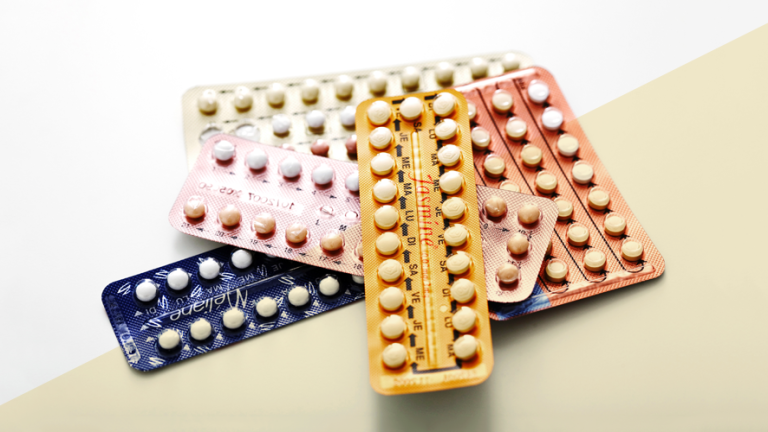
-
 'The Pitt' Star Taylor Dearden Says She Sees Her and Dr. Mel's Neurodivergence as "a Superpower"
'The Pitt' Star Taylor Dearden Says She Sees Her and Dr. Mel's Neurodivergence as "a Superpower"Here's what to know about the Max series's breakout star, who just so happens to come from TV royalty.
By Quinci LeGardye Published
-
 We Owe Trinity Santos From 'The Pitt' an Apology
We Owe Trinity Santos From 'The Pitt' an ApologyThe season finale of the smash Max series proved that the most unlikable character on TV may just be the hero we all need.
By Jessica Toomer Published
-
 Your Guide to the Cast of 'Got to Get Out,' Which Pits Reality TV Alums Against Each Other for a Chance at $1 Million
Your Guide to the Cast of 'Got to Get Out,' Which Pits Reality TV Alums Against Each Other for a Chance at $1 MillionHulu's answer to 'The Traitors' is here.
By Quinci LeGardye Published
-
 The All-Time Favorite Sex Positions of 11 Real Women
The All-Time Favorite Sex Positions of 11 Real WomenFeatures "It makes me feel like the sexiest woman on earth."
By The Editors Published
-
 The 22 Best Vibrators, According to Sex Toy Experts
The 22 Best Vibrators, According to Sex Toy ExpertsThe vibes are immaculate.
By Gabrielle Ulubay Last updated
-
 The 20 Best Sex Games for Couples in 2023
The 20 Best Sex Games for Couples in 2023Who said game nights need to be wholesome?
By Gabrielle Ulubay Last updated
-
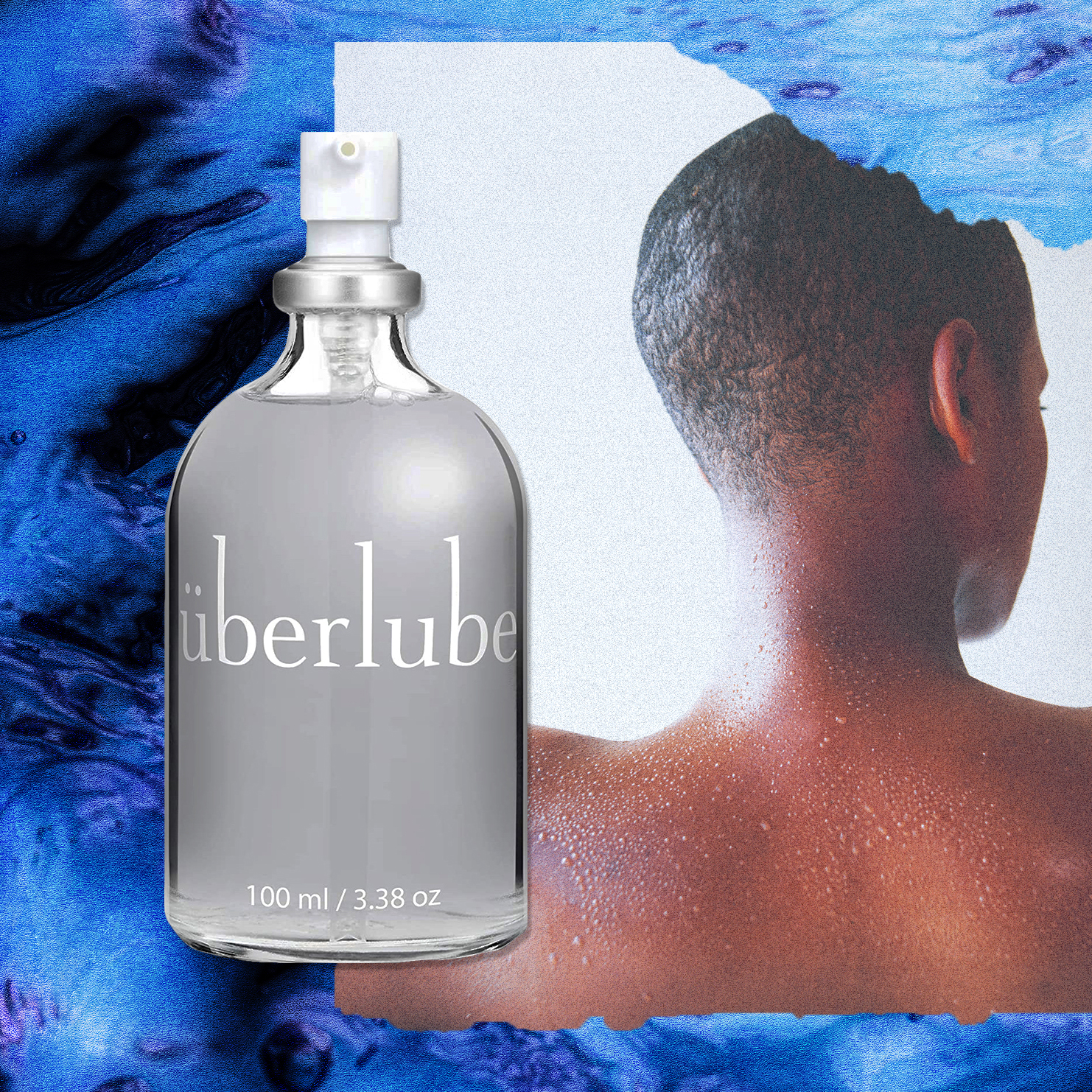 The 14 Best Lubes for Every Need
The 14 Best Lubes for Every NeedGood sex should always go smoothly.
By Gabrielle Ulubay Last updated
-
 COVID Forced My Polyamorous Marriage to Become Monogamous
COVID Forced My Polyamorous Marriage to Become MonogamousFor Melanie LaForce, pandemic-induced social distancing guidelines meant she could no longer see men outside of her marriage. But monogamy didn't just change her relationship with her husband—it changed her relationship with herself.
By Melanie LaForce Published
-
 100 Sex Songs That Won't Make You Cringe
100 Sex Songs That Won't Make You CringeFeatures Dim the lights and hit play on this sex songs — the perfect playlist of songs to have sex to.
By The Editors Published
-
 33 Unexpected Valentine's Day 2023 Date Ideas
33 Unexpected Valentine's Day 2023 Date IdeasFeatures A.k.a. not dinner and roses.
By The Editors Published
-
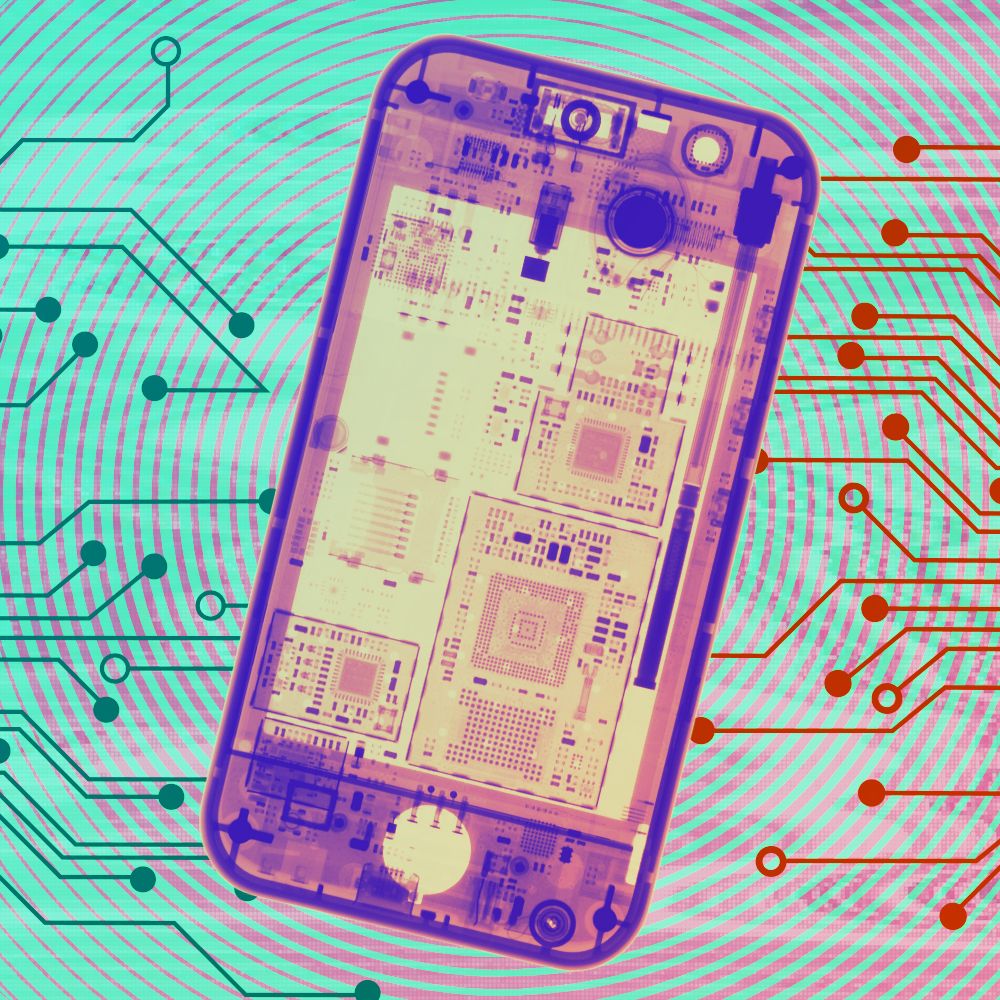 How to Stay Safe Using Dating Apps and Websites
How to Stay Safe Using Dating Apps and WebsitesHow To Did you know your favorite dating apps may be selling your intimate information? Swipe right on privacy with these key safety tips.
By Jenny Hollander Published